Last-Minute NYC Holiday Gift Guide 🎁
We’ve created a holiday gift guide with presents for the intrepid New Yorker that should arrive just in time—


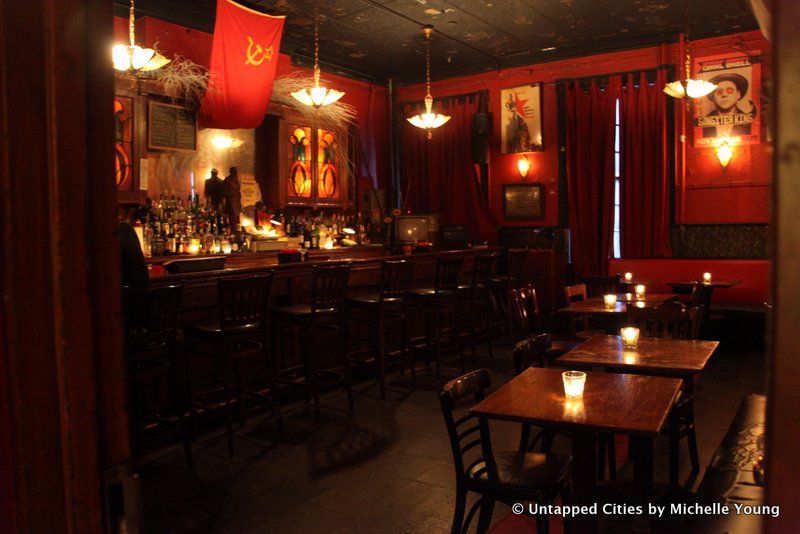
From the Occupy Movement to Stonewall and all the way back to the Suffragette movement, New York City has been a center of political change. Since the Europeans first arrived in New York, movements have developed both inside homes and out on the streets and in other public spaces. Here are 10 spaces to check out and explore NYC’s radical past as you wander the city.
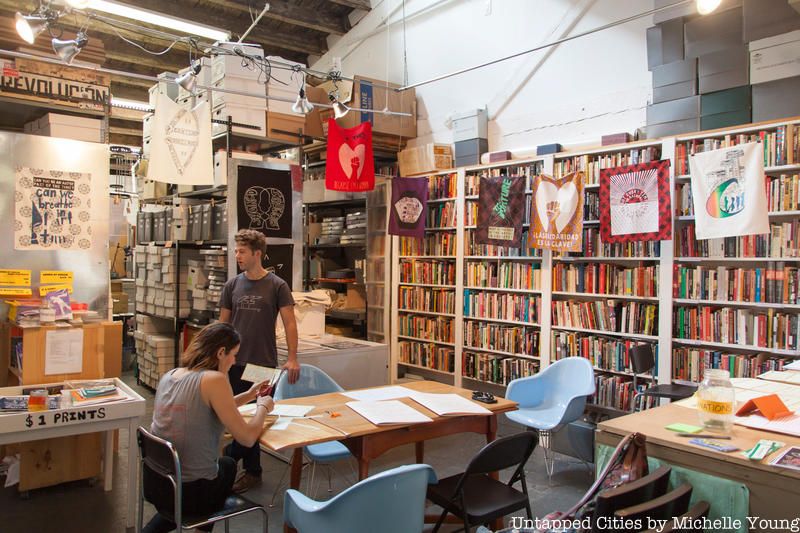
The Interference Archive in Gowanus, Brooklyn, a rather hidden spot, seeks to capture the relationship between social movements and cultural production. The collection contains materials from social movements all around the world, and extends far beyond the usual suspects like anarchism or peace movements. Here you can also find information about more obscure topics like punk feminism and bike advocacy. And it’s not all lefty material – there is a section on the Tea Party and white supremacy – not that the founders support those ideologies.
There are the things one would expect in an archive – stacks of books and ephemera used in social movements (buttons, posters, T-shirts, bumper stickers, photographs, even board games). But there is something decidedly old-school and laid back about this archive founded by a Brooklyn couple from their own personal collection.
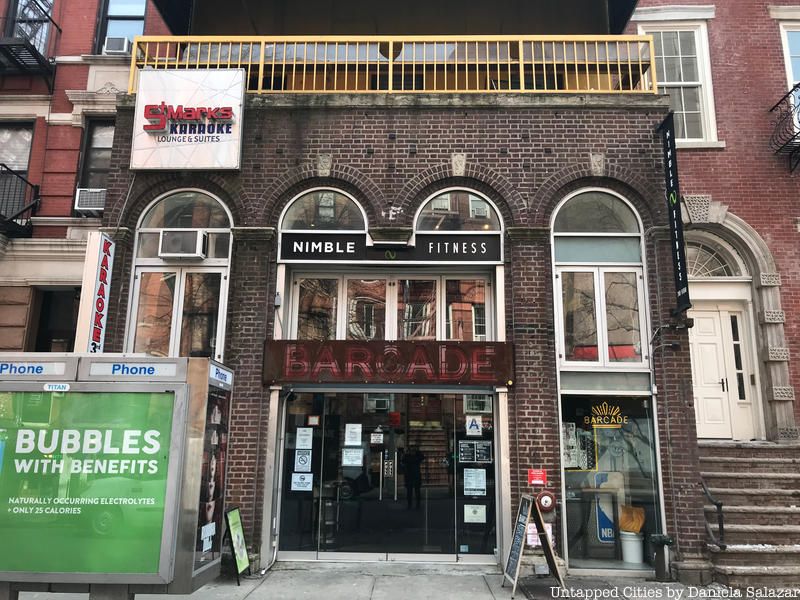
New York City was the founding place of the Ferrer Modern School of New York City. The school was founded on the principles of Francisco Ferrer, who founded the Esquela Moderna in Europe. Ferrer believed in egalitarian and accessible education and a radically leftist philosophy. The school moved through multiple locations including 6 St Marks Place in the East Village, East 12th Street, and later uptown to East 107th Street.
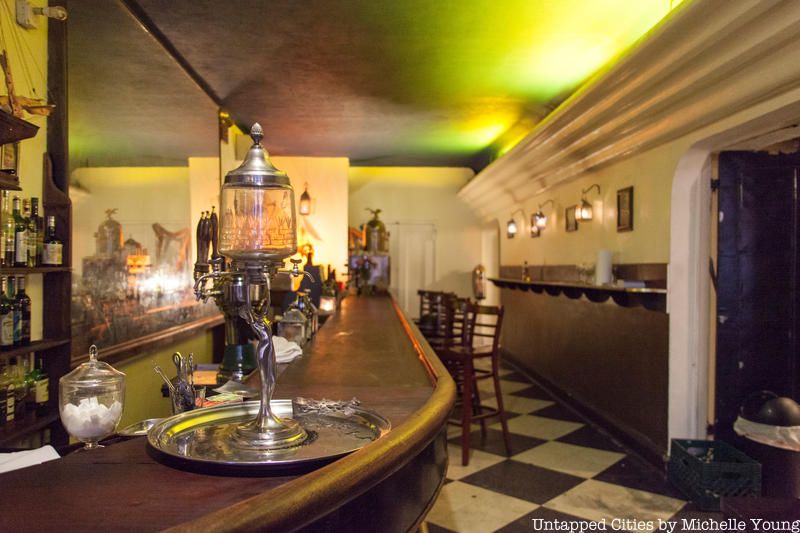
Inside the bar at 80 St. Mark’s
Marxist Leon Trotsky established the first socialist Russian state but while on the run from Russian Autocracy, he lived in various countries including the United States. According to Curbed, Leon Trotsky lived on St. Marks Place while writing for the Novy Mir (“New World”). He lived with family across the street at 80 St. Marks which later became a speakeasy during prohibition. The first Modern School was a few blocks west at 6 St Marks Place.
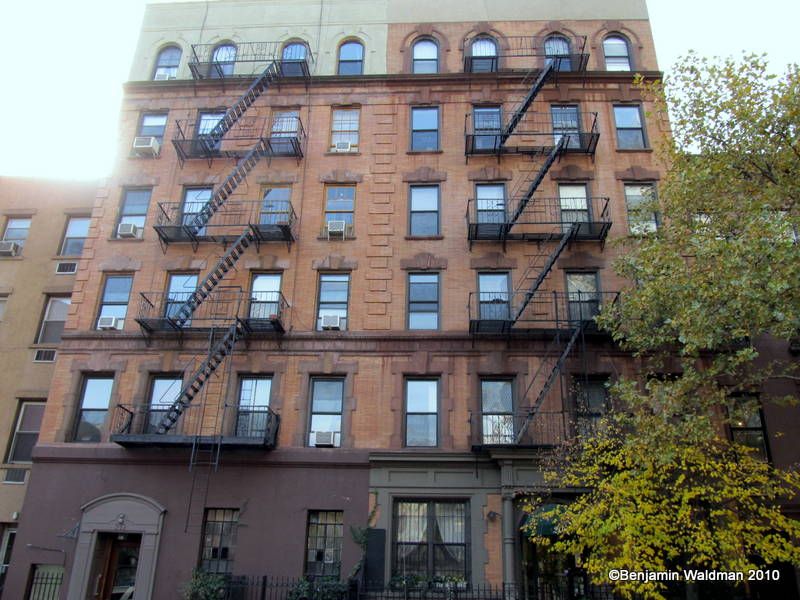
Anarchist activist and writer Emma Goldman was considered by the FBI to be one of the most dangerous women in the country. In 1889, she left her native Lithuania for New York. Goldman lived at 208 East 13th Street at the turn of the early twentieth century and would lecture in New York City and nationally for causes like free speech, women’s equality, and worker’s rights. Read more about Emma Goldman in our companion piece on anarchist history in NYC.
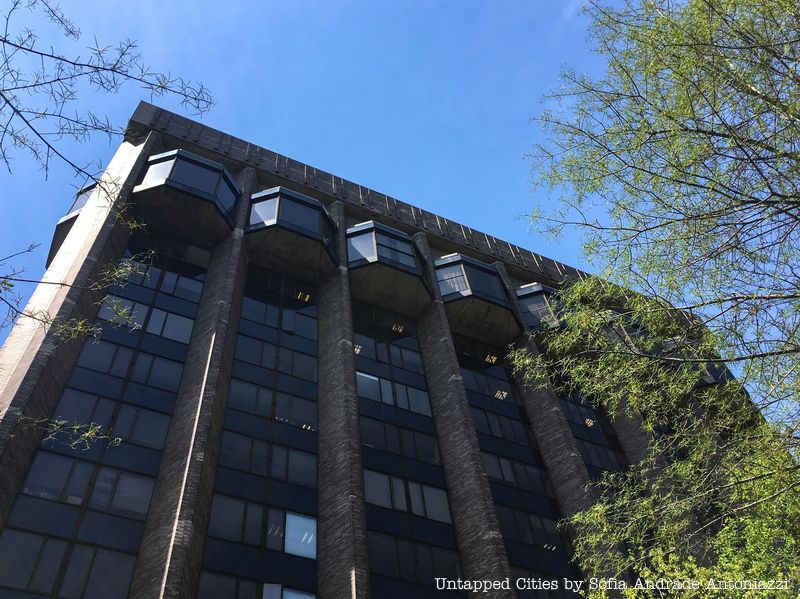
New York University students occupied Warren Weaver Hall in May of 1970 in protest of the continued war in Vietnam. Approximately 200 students held a $3.5 million computer complex hostage. Their goal was to be given one hundred thousand dollars to use as bail money for Blank Panthers who were on trial. They occupied the Hall from April 30th to May 2nd.
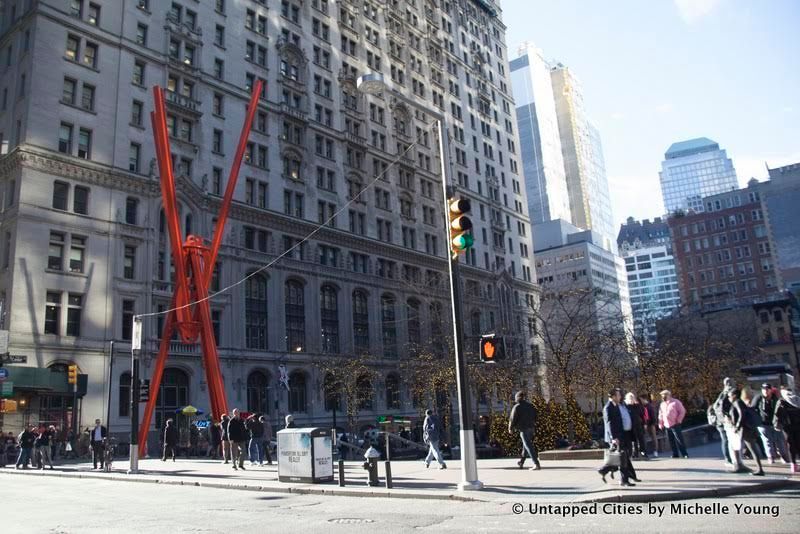
In the Fall of 2011, the Occupy Wall Street Movement set up their protest park in Zuccotti Park in the Financial District. In some cases, the protesters informally referred to the space as “Liberty Park,” in reference to the former name of the park, Freedom Plaza Park. As is common within movements that start in New York, Occupy Wall Street set off similar awareness globally against social and economic equality.
 23 Wall Street, the Morgan Guaranty Company Building and J.P. Morgan Bank headquarters, circa 1914. Photo via Library of Congress.
23 Wall Street, the Morgan Guaranty Company Building and J.P. Morgan Bank headquarters, circa 1914. Photo via Library of Congress.
In the same neighborhood and almost 100 years earlier, The Wall Street bombing occurred killing 38 people and seriously injured 143. Though the bombing was never officially solved, historians connect the events to the Galleanists, a sect of Italian anarchists, as the group was responsible for similar attacks the previous year. You can still see evidence of this bombing on the facade of the building at 120 Wall Street today.
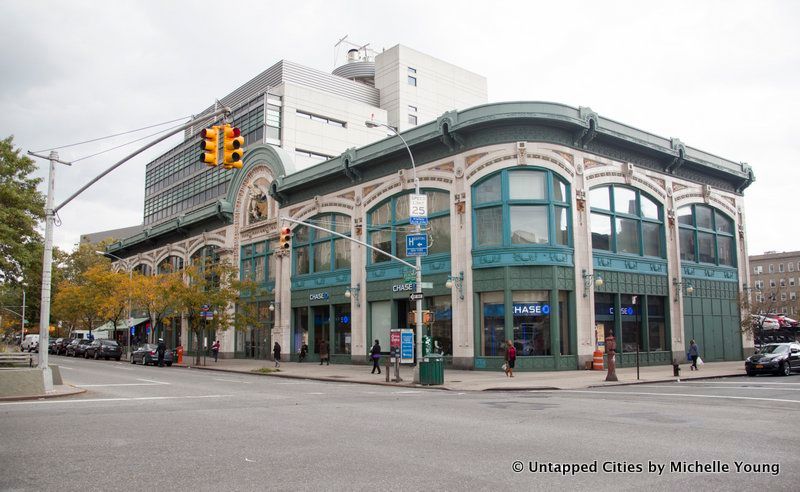
The Audubon Ballroom was a theater and ballroom located in Washington Heights. The ballroom is the site of the assassination of Malcolm X on February 21, 1965. The landmarked building is now shared by Columbia University Medical Center and the New York State and City governments. Most of the Audubon’s original facade is intact and part of the ballroom where Malcolm X was assassinated was turned into a museum in his honor. The Malcolm X and Dr. Betty Shabazz Educational Center is also located in the lobby of the building.

KGB Bar is a Soviet-era theme bar in the East Village and a literary institution. The second-floor was once a speakeasy for Ukrainian Socialists. During the McCarthy era, the group had to meet behind double-locked doors. The KGB Bar opened in 1993 and has been hosting literary events since then. The upstairs, the Red Room at KGB Bar, functions as a Prohibition-inspired speakeasy.
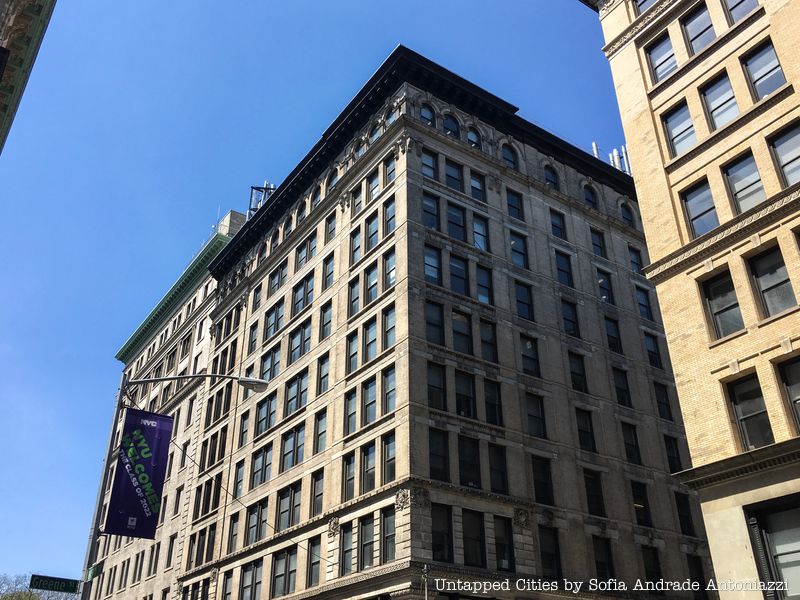
The Triangle Shirtwaist Factory Fire on March 25, 1911 was the deadliest industrial disaster in New York History, causing the deaths of 146 garment workers, mostly women. The factory was located on three floors of what is now NYU’s Brown Building in Greenwich Village.
The tragedy was the linchpin that finally sparked change on worker safety and rights. The common practice of locking doors to stairwells and exits to prevent unauthorized breaks and theft caused many of the workers to jump out of windows or not escape at all. Legislation was developed to improve safety standards and the International Ladies’ Garment Worker’s Union was formed to improve sweatshop conditions.
Read about the quest to build a permanent memorial to the Triangle Shirtwaist Factory victims.

The Tamiment Library and Robert F. Wagner Labor are housed on the 10th floor of the Bobst Library at NYU. The archives provide international and national scholars a place to study the history of the leftist and labor movements in the United States. According to their website: “The primary focus is the complex relationship between trade unionism and progressive politics and how this evolved over time.”
Next, Check out our list of notorious NYC riots!
Subscribe to our newsletter